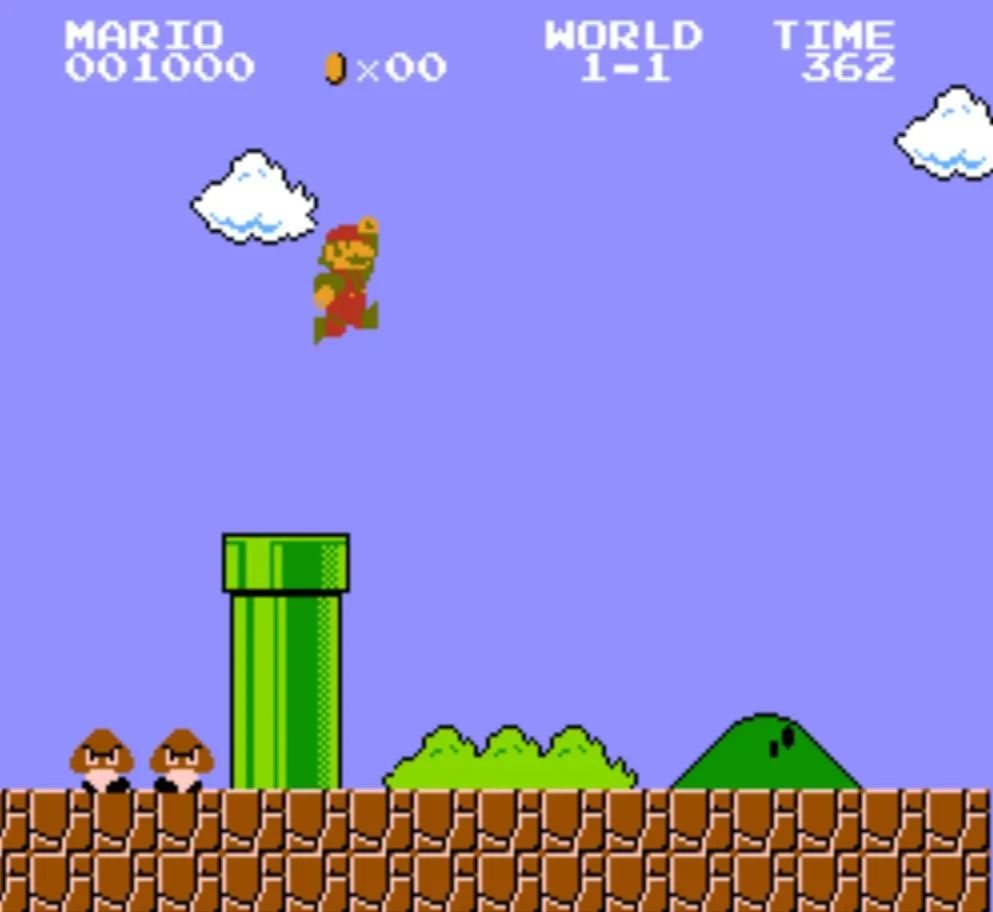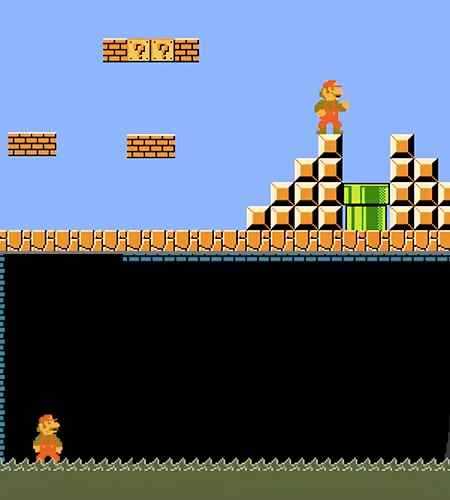How a Hole in the Ground Inspired Nintendo's Most Iconic Video Game Franchise
- Victoria Murgante

- Jan 29, 2024
- 3 min read
Many of you will be familiar with games like Super Mario Brothers, Pikmin, and The Legend of Zelda, but have you heard of the games' creator, Shigeru Miyamoto? Born in Sonobe, Japan, Miyamoto spent many of his childhood days exploring the Kyoto countryside near his home.

From an early age, Miyamoto loved spending time in nature. He developed a familiarity with natural landscapes, and (unattended as he was) discovered a vivifying outlet for his flourishing spirit of adventure. These things would come in handy when it came time to develop his mythical Hyrule Kingdom, the setting for the majority of Zelda games.
Growing up, he became interested in painting, drawing, and making things with his hands. Like a modern Tolkien (of sorts) Miyamoto has been known to push large tables together so that he can draw out the entire map of whatever world he envisions. I imagine this has been helpful for the software developers, and it gives me the impression that Miyamoto is not merely in it for the money (without providing a dictionary definition of the word passion, suffice to say, you know it when you see it).
So what's the story? How did a humble artist become a fledgling toy and game company's greatest investment, and why did Nintendo hire Miyamoto in the first place? What life experiences inspired him to come up with some of the most iconic franchises in video game history?
The answers may surprise you.

"Miyamoto knew he wanted to paint, draw, and build things with his hands. He loved art and storytelling . . . [and] put together a portfolio filled with samples of his artwork."
- Miyamoto biographer, Kari Cornell
When Nintendo hired Miyamoto in 1977, they were taking a huge risk. Miyamoto was the first official artist that Nintendo had ever hired. He wasn't a promising computer genius or a software programmer. His most marketable attributes? A "creative spark" and a "childlike way of looking at the world."
The head of the company, Hiroshi Yamauchi, approached Miyamoto (then engaged in the task of painting arcade panels) with an interesting challenge. The company had an abysmally large stock of arcade cabinets that wouldn't sell, and they needed somebody to develop a new game for the cabinets that would excite a North American market.
Miyamoto had a thought. It ran completely contrary to what seemed popular at the time (ping-pong and shooting games): Why couldn't a video game tell a story? Why couldn't it be more like a movie, where players could embody characters on the screen and play out the adventure?
The rest, as they say, is history.
In that first game, Mario was a carpenter, not a plumber, but he is still recognizable with his bulbous nose and red hat (on a quest to rescue a kidnapped princess). Miyamoto's games have historically been entrenched in narrative, and his interest in storytelling prompted an industry-wide trend that continues to this day.

One of Miyamoto's most interesting inspirations was drawn from a childhood experience in nature. His family didn't own a television set, and Miyamoto spent a lot of his time exploring the woods near his family home. During one of these outdoor adventures, he found a hole in the ground that was large enough to crawl inside of. It looked dark and deep, so Miyamoto returned with a flashlight to explore the tunnel the following day.
Years later, a certain red-capped plumber would frequently slip down an assortment of wide, green pipes, venturing bravely into the dark nether-regions of many a Super Mario game.
I found it fascinating that the creative spark destined to glue oodles of gamers to their screens was made possible because Miyamoto's family didn't even own a television. He had to fill his time in more inventive ways, so he did.

Plans for the game, Pikman, flew into his head upon observing a group of ants working as a team to carry a leaf across his deck. Those pesky chain chomps (populating many a Mario game) were inspired by his wife's fear of dogs.
According to a 2023 Currys article, Miyamoto's inspiration for The Legend of Zelda came "from his childhood experiences exploring the forests, caves and lakes near his home in Japan. He wanted to create a game that captured the sense of adventure and exploration he felt as a child . . ." Shigeru Miyamoto is among Nintendo's most prolific contributors and I was fascinated with the story of how he came into his own.
Many of Miyamoto's games can be borrowed from the Essa Public Library:

Shigeru Miyamoto









Comments